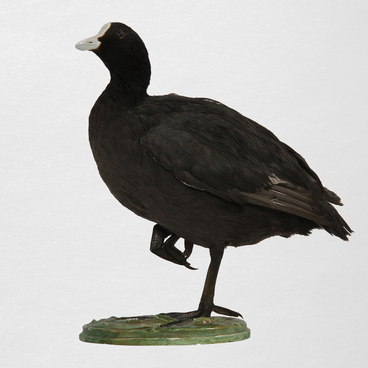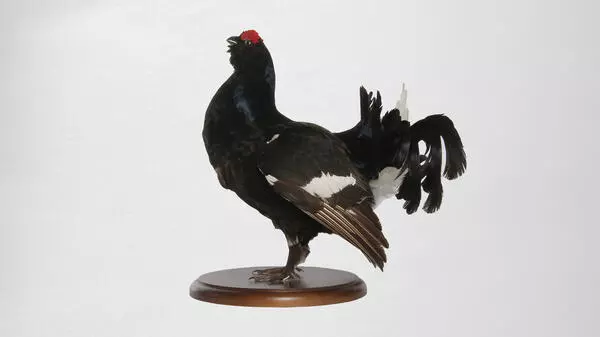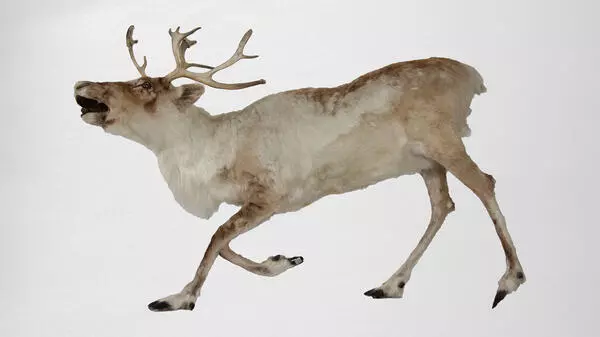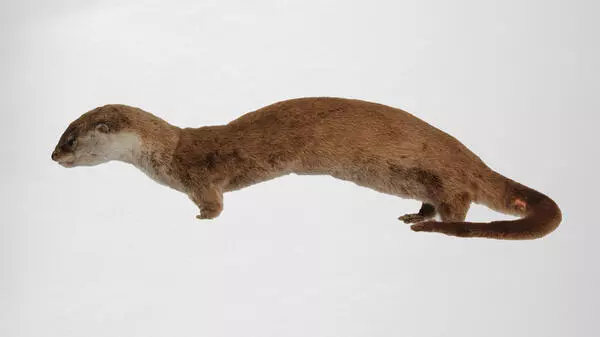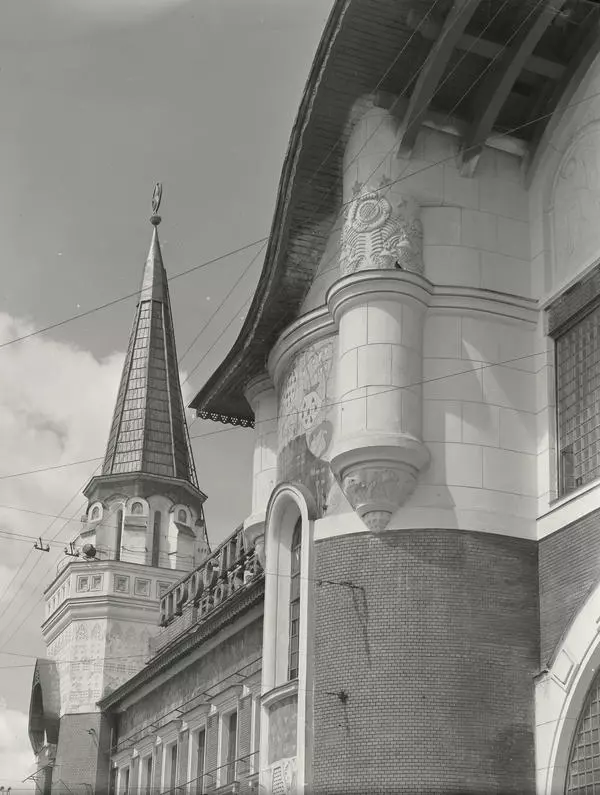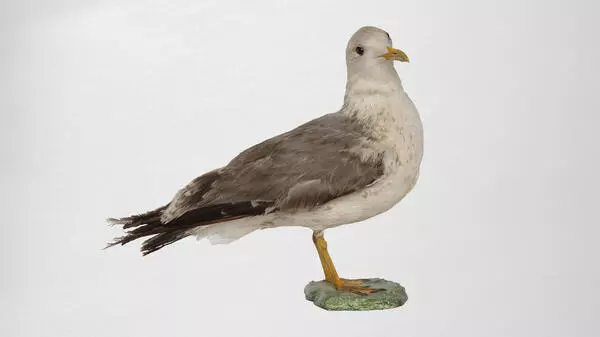The willow ptarmigan belongs to the pheasant familiy Phasianidae. It lives in the Northern Hemisphere. In Russia, this bird can be found from the Baltic Sea to Kamchatka. The willow ptarmigan lives in the tundra, forest-tundra and in the north of the taiga zone, since it is able to withstand even the most severe frosts.
The body of the willow ptarmigan is about 34–40 centimeters long, the weight is only 500 to 600 grams.
Depending on the season, its color changes greatly. In winter, the partridge turns white, and only the tail feathers remain black. In spring, when the mating season begins, the head and neck of the males turn reddish-brown and become prominent against the white background. So it becomes easier for them to attract the attention of females.
By summer, both males and females have their feathers darken and become red with specks and stripes appearing on them. Usually these streaks are brown, sometimes with black or white patches. Females change color earlier than males, and their summer plumage is somewhat lighter.
The plumage of very young partridges is variegated: after birth, their feathers acquire a dark golden hue and black and white spots. Often dark brown patterns appear on them.
In all seasons, the willow ptarmigan has rather large and very fluffy legs, suitable for life in cold snowy areas. It can walk long distances with ease.
This is important, since the willow ptarmigan leads a predominantly terrestrial lifestyle and usually does not even take off during the day, although it is capable of long-distance flights. The partridge can run quickly and is hardly noticeable on the ground: in winter it is the same color as the snow, in summer it has the color of fallen branches and the ground. If it has to flee from a predator, it can take off, but first it tries to escape.
Willow ptarmigans like to settle along the shores of moss bogs. They can nest in open areas in the tundra, next to thickets of bushes, where they feed. The willow ptarmigan diet is 95–98 percent based on plants. Chicks are fed with insects. In the summer season, adults eat seeds, berries, leaves and buds of trees, branches, horsetails, mushrooms, and sometimes insects and mollusks.
In winter, the food spectrum of partridges is limited and consists of shoots and buds of trees: willow, birch, alder. In November and December, when there is not much snow yet, the birds actively eat blueberry stems. As the snow cover grows, they eat ever-higher branches of the trees and, thanks to this, can feed all winter.
The most difficult time for the willow ptarmigan is the early spring. They have to switch to thicker and coarser shoots, which are difficult to digest and have low nutritional value.
The willow ptarmigans live in flocks and temporarily disperse only when the breeding season begins. On average, one flock gathers from 8 to 12 individuals. Ptarmigans are most active in the mornings and evenings, rest in the middle of the day, and sleep at night.
The body of the willow ptarmigan is about 34–40 centimeters long, the weight is only 500 to 600 grams.
Depending on the season, its color changes greatly. In winter, the partridge turns white, and only the tail feathers remain black. In spring, when the mating season begins, the head and neck of the males turn reddish-brown and become prominent against the white background. So it becomes easier for them to attract the attention of females.
By summer, both males and females have their feathers darken and become red with specks and stripes appearing on them. Usually these streaks are brown, sometimes with black or white patches. Females change color earlier than males, and their summer plumage is somewhat lighter.
The plumage of very young partridges is variegated: after birth, their feathers acquire a dark golden hue and black and white spots. Often dark brown patterns appear on them.
In all seasons, the willow ptarmigan has rather large and very fluffy legs, suitable for life in cold snowy areas. It can walk long distances with ease.
This is important, since the willow ptarmigan leads a predominantly terrestrial lifestyle and usually does not even take off during the day, although it is capable of long-distance flights. The partridge can run quickly and is hardly noticeable on the ground: in winter it is the same color as the snow, in summer it has the color of fallen branches and the ground. If it has to flee from a predator, it can take off, but first it tries to escape.
Willow ptarmigans like to settle along the shores of moss bogs. They can nest in open areas in the tundra, next to thickets of bushes, where they feed. The willow ptarmigan diet is 95–98 percent based on plants. Chicks are fed with insects. In the summer season, adults eat seeds, berries, leaves and buds of trees, branches, horsetails, mushrooms, and sometimes insects and mollusks.
In winter, the food spectrum of partridges is limited and consists of shoots and buds of trees: willow, birch, alder. In November and December, when there is not much snow yet, the birds actively eat blueberry stems. As the snow cover grows, they eat ever-higher branches of the trees and, thanks to this, can feed all winter.
The most difficult time for the willow ptarmigan is the early spring. They have to switch to thicker and coarser shoots, which are difficult to digest and have low nutritional value.
The willow ptarmigans live in flocks and temporarily disperse only when the breeding season begins. On average, one flock gathers from 8 to 12 individuals. Ptarmigans are most active in the mornings and evenings, rest in the middle of the day, and sleep at night.

